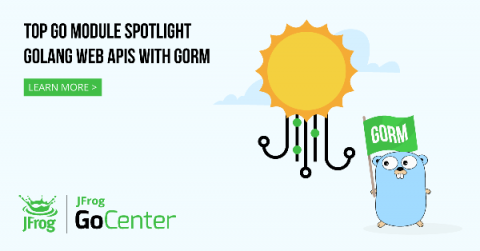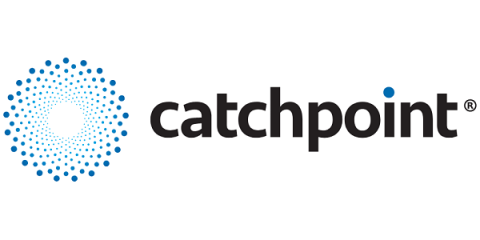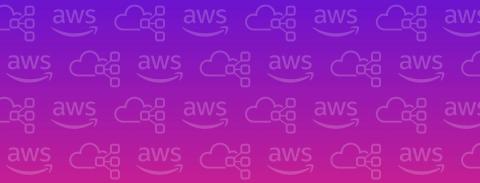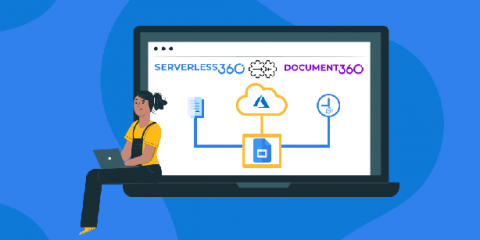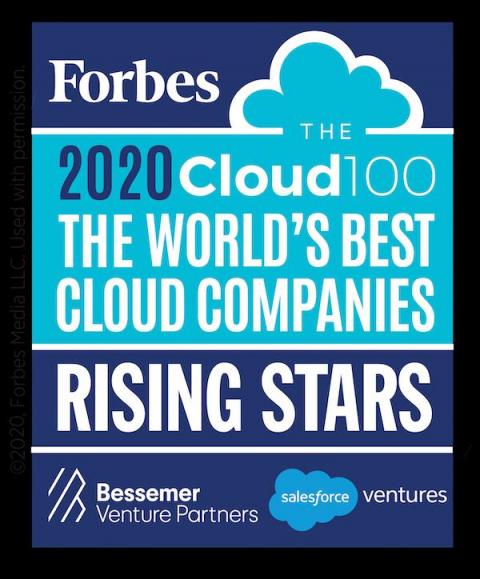Operations | Monitoring | ITSM | DevOps | Cloud
Latest News
Top Go Modules: Golang Web APIs with GORM
DevOps India Summit 2020
The DevOps India Summit brings together some of the best thought leaders in the DevOps space to discuss and debate everything DevOps related. This year, the event was a virtual one, held in a virtual venue with a virtual lobby, exhibit hall, booths, and a virtual auditorium for speakers presenting online.
Kublr 1.19 Continues Expanding Kubernetes Operations Capabilities, Supports Control Plane In-place Upgrades
With the release of Kublr 1.19, we are continuing the tradition of expanding customization capabilities available to end users and Kubernetes operators and administrators. Kublr 1.19 includes numerous improvements to the customization of Kubernetes clusters deployed on AWS and other clouds. Key among these is support for mixed instance policies including spot and on-demand instances and multiple instance types.
Introducing Boolean-filtered metric queries
Health and performance issues are easier to understand—and to troubleshoot—when you can use tags to aggregate your data across many overlapping scopes. But while some scopes come directly from your infrastructure, others are constantly evolving to reflect the needs of your product or organization. You can only track your data effectively if you can define—and redefine—your scopes on the fly.
2 ways to set up static IP addresses for ALB
One highly requested feature of AWS’s Application Load Balancer is the ability to assign static IP addresses. Unfortunately, ALBs do not support this feature and it is unlikely they will in the near future. Today, the only way to achieve static IP addresses for your application behind an ALB is to add another layer in between the client and your ALB which does have a static IP address, and then forward requests to your ALB.
Introducing Serverless360 Cloud Docs (Preview)
Netdata named to the Forbes Cloud 100 Rising Stars
We’re excited to announce that we’ve been named to the Forbes 2020 Cloud 100 Rising Stars. This is a list of the top 100 private cloud companies in the world, published by Forbes in partnership with Bessemer Venture Partners and Salesforce Ventures. The 20 Rising Stars represent young, high-growth and category-leading cloud companies who are poised to join the Cloud 100 ranks.
Netdata Agent v1.25 and Cloud enhancements
The v1.25.0 release of the Netdata Agent delivers on our commitment to make our metrics collection, visualization, and troubleshooting platform more stable and usable. We enhanced our recently-added Prometheus collector with user-configurable filtering and grouping, made dramatic improvements to the reliability of the Agent-Cloud link that streams metrics on-demand to your browser when you use Netdata Cloud, and more. Let’s jump in and look at each improvement.
Netdata versus Datadog: root cause analysis with metric correlations
When an incident strikes, and every minute spent on root cause analysis delays the time to resolution, the real-world consequences can be dire. Troubleshooting an event requires a certain data set: every metric, at the greatest granularity, in one place, available in real time. Limits on the number or type of metrics, collection frequency, or time to visualization can mean the difference between timely resolution and unacceptable losses in time, money, and productivity.



